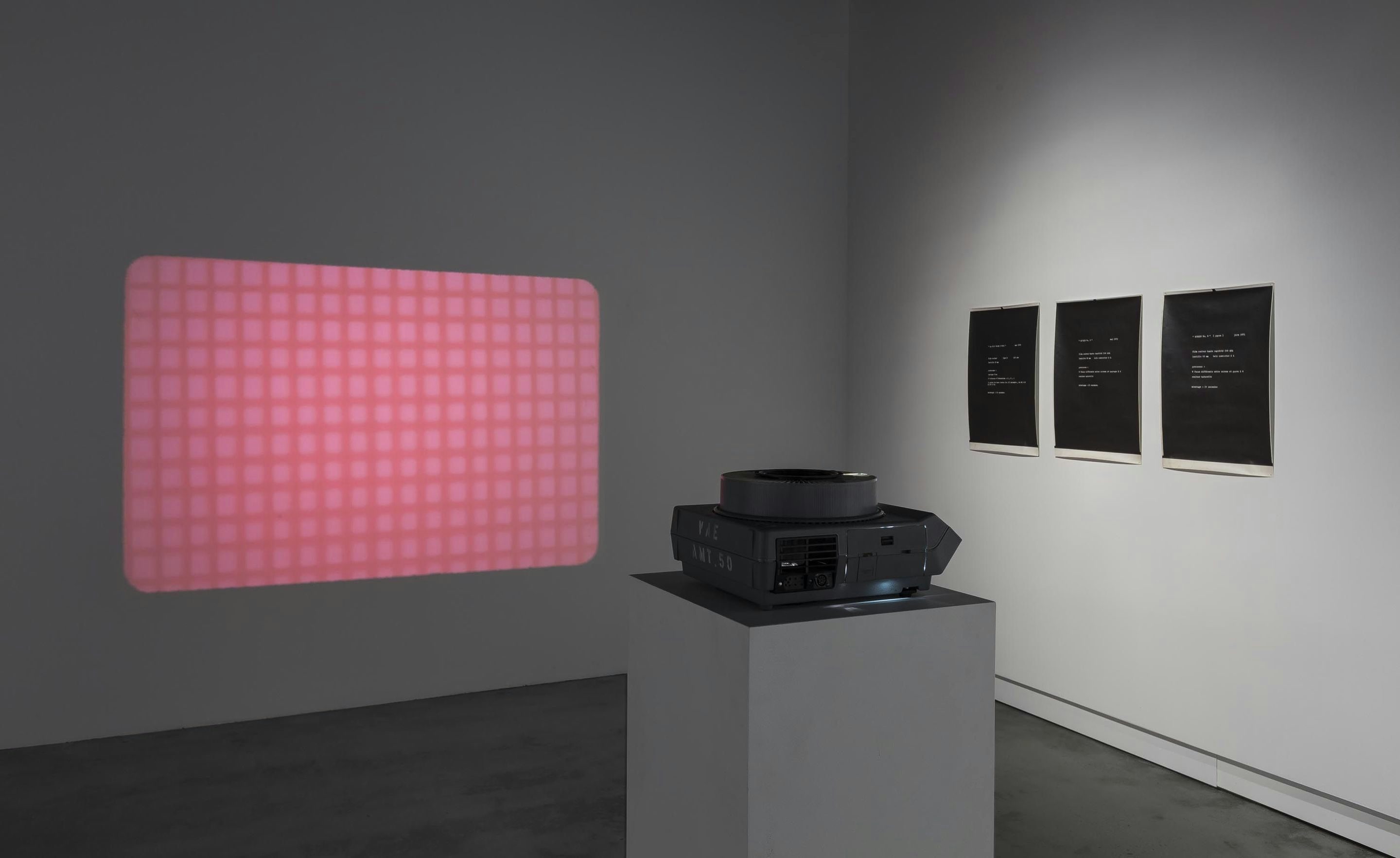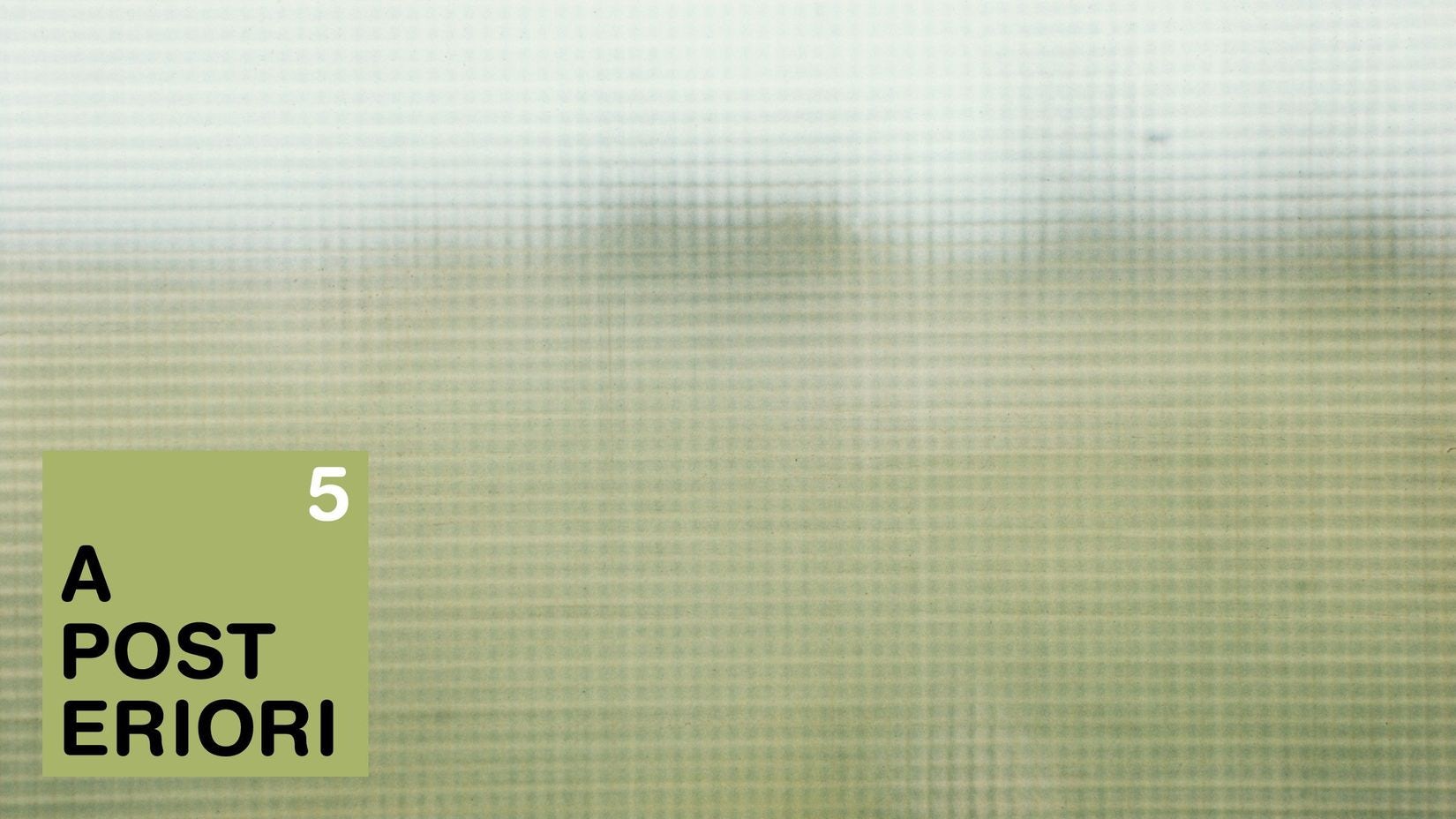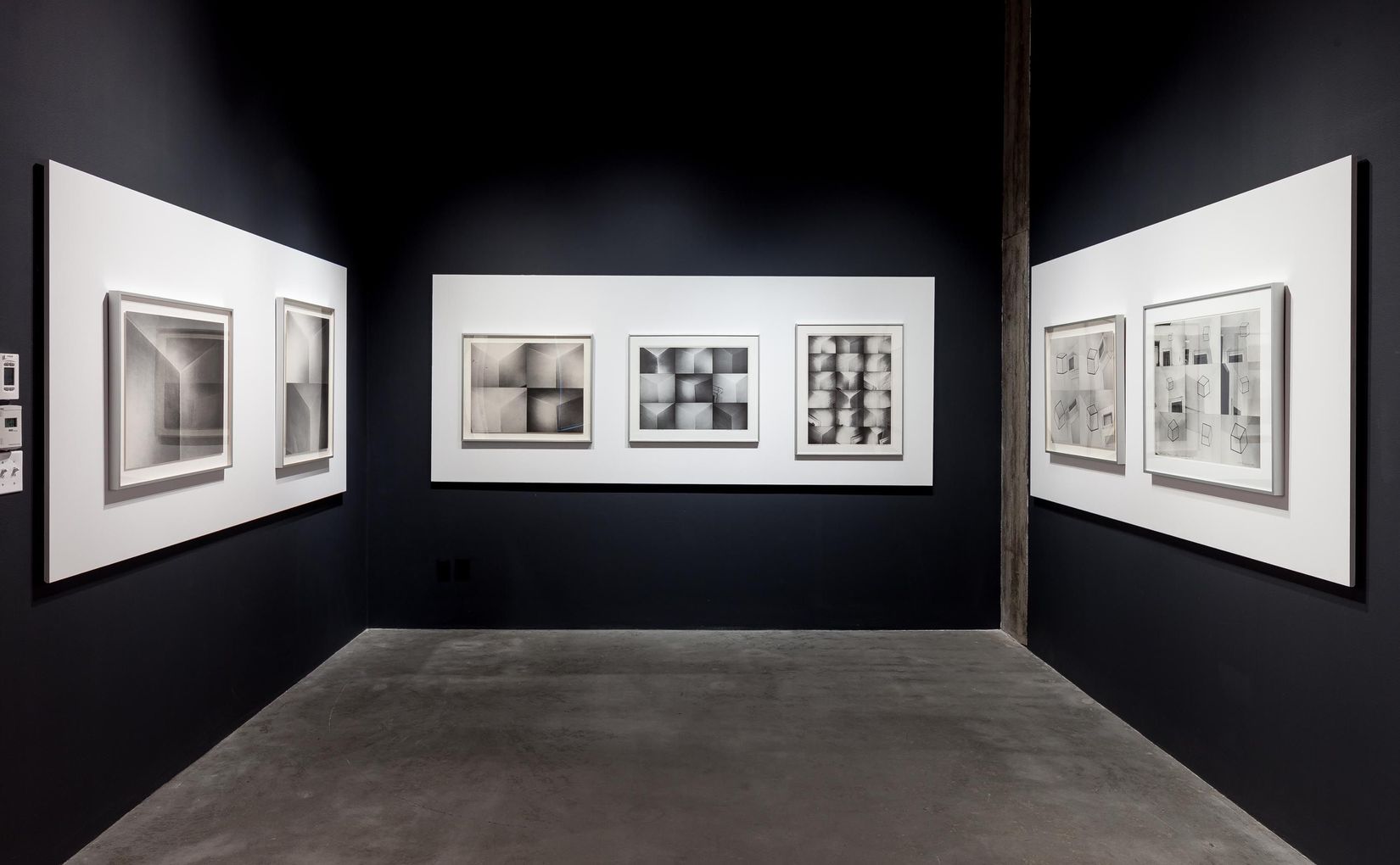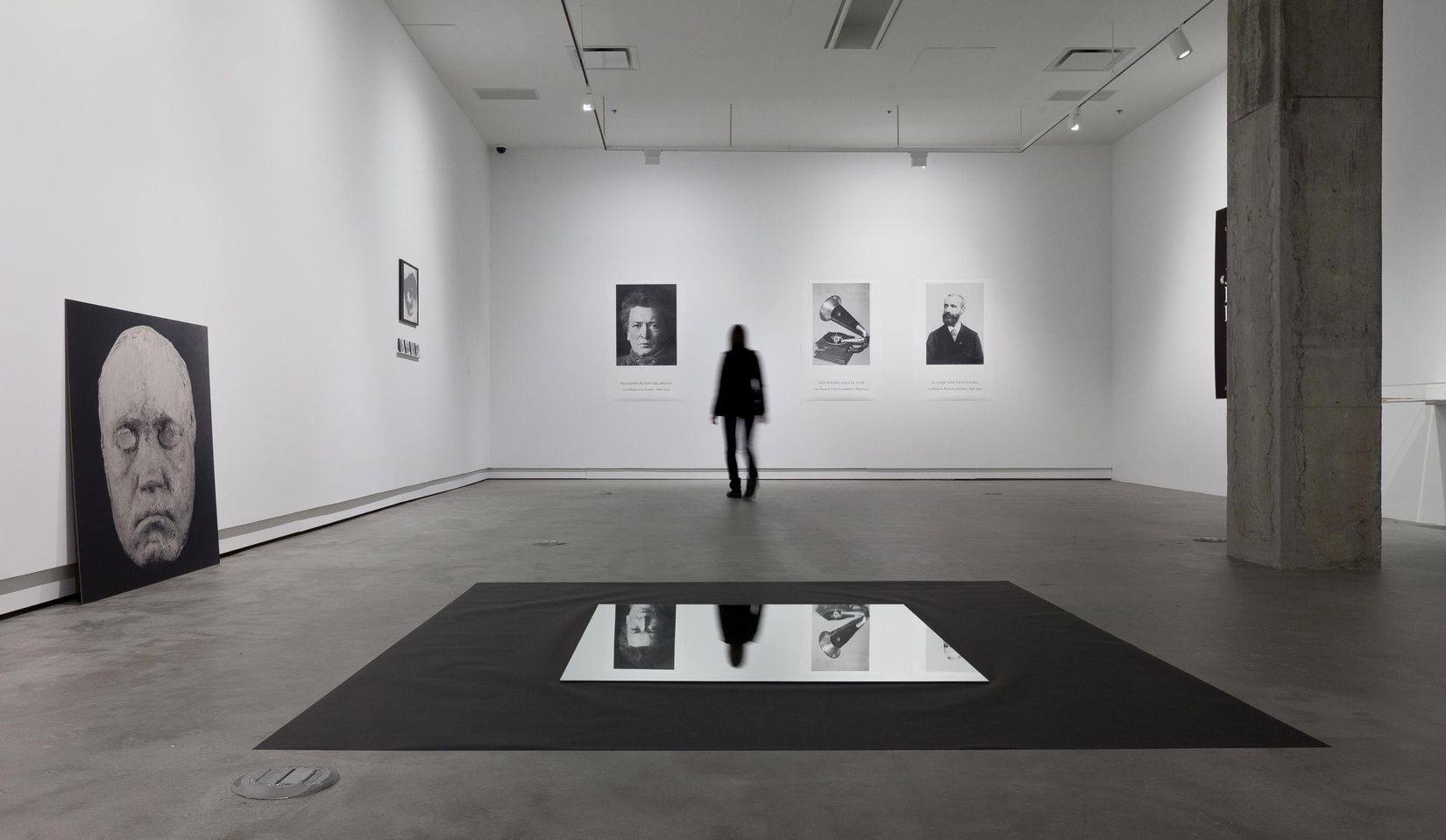
Jean-Marie Delavalle
2014.11.15 - 2015.02.21
CLAUDINE ROGER
Jean-Marie Delavalle is known mainly for his monochrome sculptures and paintings, but between 1970 and 1975 he also tried his hand at experimental works, producing a select corpus of conceptual pieces that were anything but eclectic, exemplifying a rigorous research process that investigated colour and perception. They speak to a practice characterized by originality, with a decisively open-minded aesthetics.

A graduate of the École des beaux-arts de Montréal, Delavalle made his début in the summer of 1967, contributing to the art at the Youth Pavilion at the International and Universal Exposition. Expo 67 was a catalyzing moment that profoundly affected Quebecers’ view of the world and of themselves, and it also revitalized artistic practices. Delavalle’s work again drew notice a few months later as part of the group show Huit jeunes sculpteurs actuels at Galerie du Siècle in Montreal.1 The critical acclaim afforded that exhibition prompted the National Gallery of Canada to organize a touring exhibition in 1969 entitled 7 Montreal Sculptors = 7 sculpteurs de Montréal, attesting to the emergence of a new art scene in Quebec.2 Delavalle showed two initial pieces, minimalist sculptures of painted steel. Around this time, he began to be inspired by novel international trends that laid great emphasis on concept, and imagined several works of a conceptual nature—as seen in his notebooks, which record numerous ideas, unrealized projects, and the works shown here.
In the summer of 1970, Delavalle turned to photography: works included a series of images depicting wave motion; other photographs that juxtaposed units of measure with compositional elements such as windows and snowbanks; self-portraits; as well as several series dedicated to different times of the day. In these, the artist incorporated a number of variables: different light, places and times, but also shifts dependent on specific features of the photographic apparatus and its functions (focus, infrared film, colour filters, etc.). A major work entitled The Quebec Filter dates from this period: a group of 256 slides comprising six phases of photographic notations, all taken through the window of the artist’s apartment.
The six series investigate the same subject: “how the artist sees exterior reality, in the variations of light levels, colour and forms of which it is composed.”3 Delavalle’s action was systematic, revealing a working methodology specific to him: the subject of each image is identical and the frame fixed, but the focal plane is progressively shifted—the process repeated four or eight times depending on the screen. The choice of projection as presentation method was also intended to emphasize the luminous quality of the work, as the artist explained: “[…] I like the slide image better than the print. It is much stronger. It is pure light and colour.”4 The Quebec Filter (“Screen No. 2” and “Screen No. 3”) immerses the viewer in a rhythmic contemplation of a field seen through a window screen, with shifting textures created by the focus adjustments. Looking at this succession of images, even today, demands constant attention: the variations are subtle, often vague, lending the whole a quite atmospheric, even appeasing effect.
In February 1971, Delavalle took part in the exhibition 45° 30′ N – 73° 36′ W,5 held at the Sir George Williams Art Galleries and the Saidye Bronfman Centre for the Arts in Montreal, presenting an initial series of photographs of waves. The following autumn, the artist broke up the different series from The Quebec Filter and showed them simultaneously at the VII Paris Biennial, where he represented Canada; at the Stable Gallery of the Montreal Museum of Fine Arts; in the National Gallery of Canada’s touring exhibition Cozic-Delavalle; and at the Royan International Festival of Contemporary Art in France, representing Québec. It was not until the summer of 1973, however, when the National Gallery of Canada included The Quebec Filter and the self-portrait Bleu, jaune, rouge, vert in the exhibition Boucherville, Montreal, Toronto, London, that the importance of Jean-Marie Delavalle’s works was truly recognized. Selected among other Canadian artists representative of the period, he received an enthusiastic reception from both critics and the public for the originality of his works.6
Between 1973 and 1975, the artist broadened his experimentation—purely visual to that point—to include sound works, creating a series of transcriptions while travelling by car, by bicycle and on foot. The pieces 1 heure (marche), 1 heure (vélo) and Clonk, presented at Galerie Média in Montreal in November 1973, signalled a change of sensibility, or of attitude, with regard to the traditional ways of apprehending an art object. The recordings were presented in the form of audio tape, maps, photographs and even a vinyl record (Une demi-heure, 33 1/3 rpm). These objects (including the artist’s bicycle!) became the “documents,” or the traces, of artistic experimentation; the visitor’s participation is essential to assimilating all of these works’ subtleties.
By limiting the visual clues in these early pieces and in his later monochromal painted-aluminum surfaces, Jean-Marie Delavalle has consistently forced spectators to invoke their imaginations: the better to grasp, for a moment, the “surrounding reality.”


